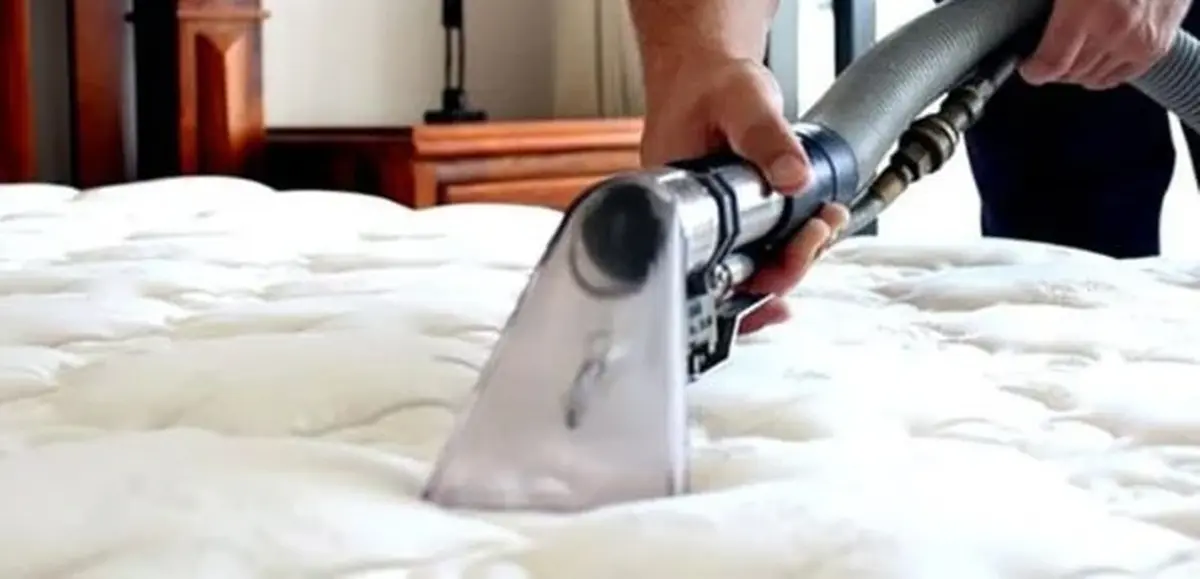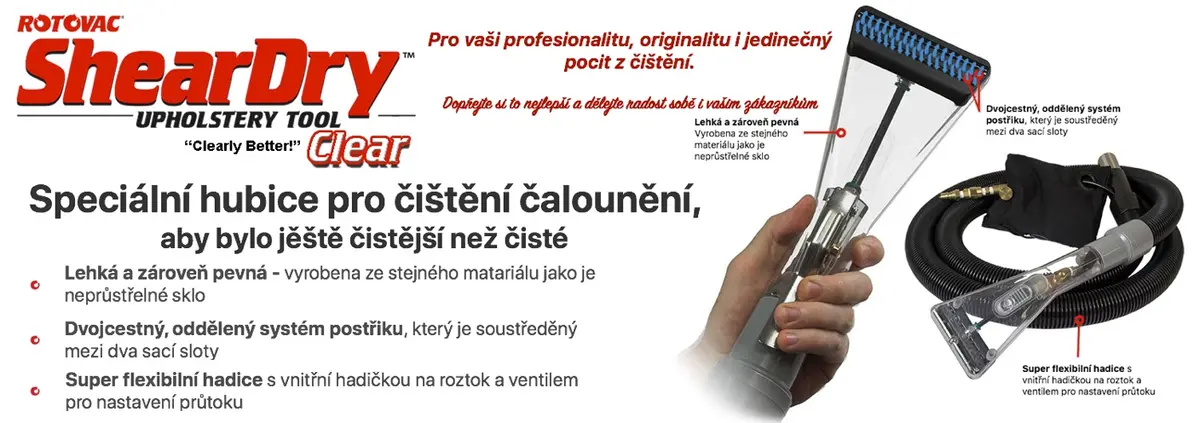Mattress cleaning
The mattress cleaner provides hygienic cleaning that helps maintain the cleanliness and hygiene of bedding, which has a direct impact on sleep quality and health. Most people are aware of how important the cleanliness of bedding is, but the mattress is often neglected. The mattress is the place where dust, allergens, bacteria and other impurities accumulate. In this text, we’ll look at the reasons why mattress care should be part of a regular cleaning routine, what cleaning methods exist and how you can clean your mattress yourself or with the help of a professional company.

The  trade mark POTEMA® defines the branded technology concept of a professionally qualified Carpet Service® implementation company focused on regular maintenance, cleaning, disinfecting, impregnating synthetic, natural, wool, silk and American-made mattresses, beds and textiles. This branded concept delivers the utmost professionalism in full synergy with maintaining ethical, environmental and quality performance standards, including a contractual guarantee of contractor services.
trade mark POTEMA® defines the branded technology concept of a professionally qualified Carpet Service® implementation company focused on regular maintenance, cleaning, disinfecting, impregnating synthetic, natural, wool, silk and American-made mattresses, beds and textiles. This branded concept delivers the utmost professionalism in full synergy with maintaining ethical, environmental and quality performance standards, including a contractual guarantee of contractor services.
Topping mattresses with a mattress topper is crucial for a healthy and quality sleep. A mattress that is cleaned regularly not only contributes to better health, but also to longer lasting bedding.
Why is it important to clean your mattress regularly with a mattress cleaner
A mattress can collect large amounts of dust, sweat, dead skin cells, bacteria and other dirt over a period of months or years. These substances create a favorable environment for dust mites, microorganisms and other pests that can cause allergies, asthma or skin problems. By regularly brushing your mattress, you can prevent the build-up of these contaminants and ensure a healthier sleep environment.
Main reasons for mattress cleaning:
- Improving room air quality: Dust and dirt in the mattress can escape into the air as you move during sleep and negatively affect the quality of the air you breathe.
- Reducing allergens: Dust mites are a common allergen that causes problems especially for sensitive people and children. By swaddling, dust mites can be eliminated and the risk of allergic reactions can be reduced.
- A odor prevention: Sweat and other liquids soak into the mattress over time and can cause an unpleasant odor. Regular brushing helps to remove odors and keep the mattress fresh.
- Extending the life of the mattress: Taking care of the mattress through regular cleaning can significantly extend its life, which is also beneficial from an economic point of view.

What methods of mattress cleaning are there?
There are several ways a mattress can be cleaned. Each method has its advantages and disadvantages, and some can be easily done at home, while others require professional equipment.
Dry mattress brushing
Dry mattress brushing is a method that uses special products that are poured onto the surface of the mattress and then thoroughly vacuumed. These products usually contain powders that absorb dirt and odors, and can be easily vacuumed up with a vacuum cleaner after a short exposure.
- Benefits of dry mopping: Dry mopping is fast and does not require a long drying time. In addition, it is also suitable for sensitive surfaces that could be damaged by moisture.
- Disadvantages of dry mopping: This method may not be effective enough for deep soiling and may not remove all dust mites and bacteria.
Damp mopping with a mattress cleaner
Wet mattress brushing involves applying a cleaning solution to the surface of the mattress and then vacuuming it with a special vacuum cleaner. This process can remove deep dirt and deep clean the mattress.
- Benefits of wet mopping: Wet mopping is very effective in removing dust, stains, dust mites and bacteria. It leaves the mattress clean and fresh.
- Disadvantages of wet mopping: After wet mopping, you need to wait a few hours for the mattress to dry. Improper technique or excessive wetting can cause mold growth.
Steam mattress wiper
Steam cleaning is a method that uses hot steam to penetrate deep into the mattress and kill dust mites, bacteria and other microorganisms. The steam can remove many types of dirt while leaving the mattress almost dry.
- Benefits of steam cleaning: Steam cleaning is effective because the high temperature of the steam kills microorganisms. It does not leave the mattress too wet and dries quickly.
- Disadvantages of steam cleaning: Steam cleaning requires special equipment and is not suitable for all types of mattresses.

How often should you clean your mattress with a mattress cleaner?
The recommended frequency of mattress cleaning depends on several factors, such as the amount of time you spend in bed and any allergies or sensitivities to dust.
- For normal use: It is recommended that you dry clean your mattress at least once a month and a deeper cleaning, such as wet brushing, once or twice a year.
- For allergy sufferers: For people with allergies, it is advisable to do the brushing more frequently, such as once every 2-3 months, to minimize the occurrence of allergens.
- For households with pets: In households with pets that can leave hair and other dirt behind, it is a good idea to clean the mattress more frequently to keep it hygienic and odor-free.
Benefits of professional mattress cleaning
Although it is possible to clean your mattress at home, professional mattress brushing offers a number of benefits. Mattress cleaning companies have modern equipment and specialized products to ensure that your mattress is thoroughly cleaned.
- Deep cleaning with a mattress cleaner: Professional cleaning reaches the deep layers of the mattress where allergens and bacteria can build up that normal home cleaning may not remove.
- Mattress Brush Disinfection: Companies often use disinfectants to help destroy bacteria and viruses.
- Quickness and convenience: Professionals have a technique that can clean a mattress quickly and ensure that it is dry and ready for use as soon as possible.
Allergens, mold germs, bacteria, viruses and dust mites are not only a hygiene issue in mattresses, but also a health issue. But with appropriate prevention, maintenance and the right choice of mattress, the risks can be significantly reduced. Even the thickest sheets and blankets cannot protect us from micro-particles. Dust mites or moulds, which often number up to one million and produce allergy-causing faeces that settle in our mouths, noses, eyes, etc. every time we move. In addition to the allergy manifesting as itching, mucous membrane inflammation, bronchitis, asthma and shortness of breath can be added. This condition can be prevented by professional cleaning and deep dry disinfection thanks to UV-C radiation or vacuum ozonation of the mattress with thorough machine vacuuming and above all regular maintenance.
Tips for keeping your mattress clean
Besides regular vacuuming, there are several steps you can take to keep your mattress clean for as long as possible.
- Ventilate your bedroom regularly: Fresh air helps evaporate moisture from the mattress and reduces the appearance of mold and dust mites.
- Use a mattress protector: A mattress protector is easy to wash and can help protect your mattress from dust and stains.
- Vacuum the mattress regularly: Regular vacuuming helps remove surface dirt and keep the mattress hygienically clean.
- Rotate the mattress: If possible, rotate the mattress regularly to ensure even wear and prevent sagging in one spot.
- Don’t expose the mattress to moisture: Avoid over-humidifying the mattress to prevent mould from forming.
Download
Technical sheet POTEMA® (PDF)
Technical sheet VIROBAG® (PDF)